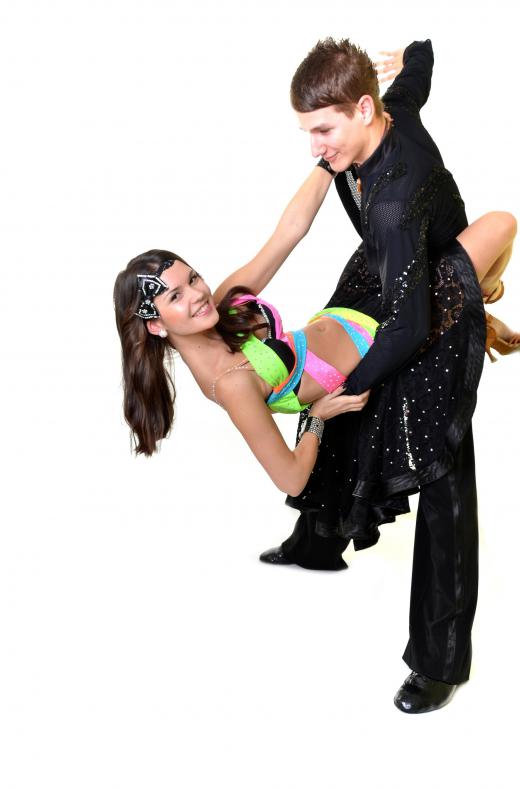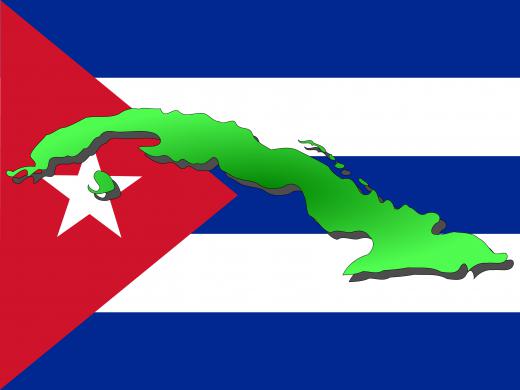The bolero is a Spanish dance with dramatic, intricate steps and dramatic stops. It began as a folk dance and became popular in Cuba as a social dance in the early 1800s. The name refers to both the dance and the dance music.
The first bolero music began with poems as lyrics. Its popularity spread from Latin America to the United States in the late 1920s to the mid-1930s. This music is romantic and the rhythm is slow and smooth. The Spanish dancer Sebastian Cerezo is credited with creating the original dance in 1780.

Originally, the bolero was a faster dance, but the Cuban influence made it slower. It is often considered a graceful type of fandango. The romantic style of the dance is its almost game-like appeal of couples in a close embrace and then being apart dramatically. The bolero is all about the partners and good dancers know how to communicate this to their audience.

There are many popular songs with a bolero rhythm. It can be danced to songs such as Sade's Smooth Operator. Some well-known bolero songs popular in North America include Sin Excusas Ni Rodeos by Julio Iglesias, Why by Annie Lenox and From Here to Eternity by Frank Sinatra.
Bolero round dancing became popular in the 1990s. Round dancing is ballroom dancing that is choreographed to feature all of the couples dancing the same movements and patterns. The couples move in a circular counter-clockwise direction as they dance. The bolero is also done as a competitive dance.
The bolero is considered a fairly easy dance to learn, yet difficult to master properly. The basic moves are fairly simple and include walks called paseo and sudden stops called bien parado. It is based on a dance step called the slip pivot that pivots the body by using the ball of the foot. The pivoting helps give the dance its grace and smooth beauty. What makes it difficult to master fully is the drama and attention-getting aspect of it that must be communicated to the audience.
